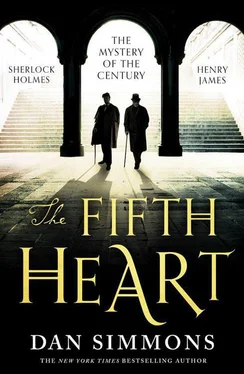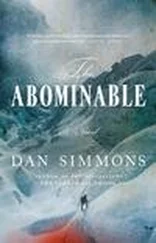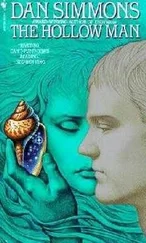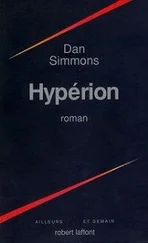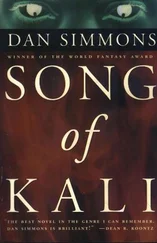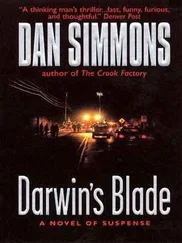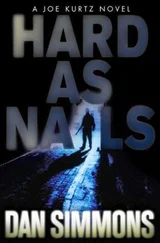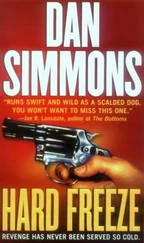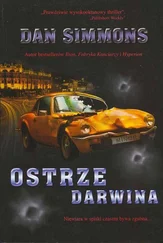Holmes folded the note and set it away next to the blue-paper letter. “She wrote that note, Mr. Adams, after she had learned of the possible existence of your July letter to Lizzie Cameron. She had already forgiven you.”
Adams stood and turned his unfathomable gaze toward the detective. “When must I see you next, Mr. Holmes? What new hell awaits me . . . all of us?”
“Chicago,” said Holmes. He let himself out quietly without calling for Hobson the butler.

ONE
Thursday, April 13, 10:00 a.m.
My plan for opening the Chicago World’s Fair part of our tale was to explain why Henry James—against all his instincts and habits—would accompany Holmes on this part of the detective’s adventure. But the odd truth is, I don’t know why James did so.
We all know individuals who shield their thoughts better than others, but both Sherlock Holmes and Henry James have been the most difficult minds to penetrate in my long experience both of knowing people and of entering the thoughts of characters. Holmes’s tight grip on his secrets and modes of thinking is understandable: the detective is a self-made gentleman with a base and secret history from the London streets and the majority of his life has been one long, dangerous high-wire act of exercising both his astounding intellect and indomitable will. Holmes’s mind and heart—what there is of a heart—work in ways both too alien and difficult for most of us to understand. Or to bear if we could understand them.
But Henry James’s thoughts and feelings are hidden behind an even thicker layer of psychic armor. Like Holmes, James has created himself—the artist Self, the Master Self, the married-only-to-his-art bachelor Self—out of whole cloth and through sheer effort of will, perhaps following John Keats’s dictum of “That which is creative must create itself.” But unlike the detective, James has attempted to hide the core of himself even from himself. Every word he has ever written—in letters, introductions, and fiction—threatens to reveal something, however ephemeral, that the writer does not want revealed. His self-discipline in avoiding such revelations has been painfully effective. His success in keeping his inner thoughts and his reasons for most of the decisions in his life secret has led us to this point where we can only stand outside that tightly banded and seemingly contradicted construct that is Henry James and wonder at his choices.
At any rate, James has chosen to follow Holmes to Chicago and I ask his pardon and yours for jumping ahead a couple of days in the strict chronology of the tale before doubling back to earlier events.
On their second day in Chicago, Sherlock Holmes insisted on taking Henry James on a brief morning excursion tour by boat of the new White City of the Columbian Exposition. The small steamship left from a pier in downtown Chicago not far from the hotel where they were staying. While never stopping at the Exposition and carefully avoiding the huge pier with its automated people-mover still under construction and extending far out into the lake from the World’s Fair site, the tour gave gawkers a ninety minute glimpse of the Exposition structures from Lake Michigan.
“I’m not sure of the purpose of this outing,” James said as he stood near Holmes at the starboard railing of the noisy little tour boat. The modern, three-decked steamship with rows of seats on each of its roofed levels could safely carry about 300 people—the ship was named Columbus and would be a ferry to the Exposition after the official opening on May 1, coming and going every hour to carry new revelers to the Exposition grounds and exhausted fairgoers back to their downtown hotels—but today there were about fifty people aboard to take the short scenic cruise down to Jackson Park, and with the exception of James and the almost always impassive Holmes, all aboard seemed profoundly excited about the simple act of glimpsing some unfinished buildings.
“I’m showing you the future,” said Holmes.
There had been a haze along the lakeshore when the tour boat left the downtown Chicago pier but now, as they approached the Jackson Park area which held the Fair, the haze lifted and the sunlight took on an almost personal presence, warming the tourists and illuminating everything along the shoreline as if a huge searchlight had been trained on it. James knew that, technically, Jackson Park had been a southern extension of Chicago proper—away from the shore, 63rd Street had boasted a few shops and homes already—but this square mile of lakefront now housing the Exposition had been the worst sort of swampy, sandy, dead, and desiccated place, unwanted even by the land speculators who’d hurled the boundaries of Chicago further and further out onto the prairie following the deliberate extensions of the city’s railroad system miles beyond the edges of the existing Chicago.
America’s newspapers, for almost two years, had enjoyed telling the tale of how the famous eastern architects—the best in the nation—chosen by the Exposition czar Daniel Hudson Burnham, had been horrified to learn that under a foot of black soil all throughout the swampy islands of this Jackson Park site, construction diggers would encounter only more unsettling sand and super-saturated soil. Burnham had been asking these famous architects to design what would, for the duration of the Exposition, be the largest structures in North America (and, when Mr. Ferris’s Wheel would be completed in June, the tallest) on mud—quicksand, really—rather than on the bedrock these architects were so used to in New York and elsewhere in the East.
It took about an hour for carriages to travel from downtown Chicago to the Fair site in Jackson Park, less time for the many yellow rail-cars—called “cattle cars” by the Exposition-savvy Chicagoans—that had been laid on to take the special spur line south straight to Jackson Park and the gates of the Fair. When speculators had refused to rent or sell airspace over the avenues leading south to the Fair for less than 100% profit for themselves, the railroad execs had designed the elevated special rail line to the Fair with its constant stream of yellow cars tailored to fit down the narrow north-south alleys where no air-space needed to be purchased.
It took the Columbus tour boat about twenty-five minutes to reach the Fair site in Jackson Park.
“Good heavens,” said James.
In almost three decades of living and traveling abroad, James had seen enough architectural wonders that most of the new structures that Americans seemed so proud of seemed small or ugly or far too utilitarian in comparison to the millenniums of beauty he’d seen in Europe. But the White City was something totally new to him. For a moment he could only grip the rail and gawk.
“My heavens,” he said again after a breathless moment.
What had been swampland had been transformed into more than a square mile of white stone walks, countless white buildings of immense and staggering size, soaring sculptures, giant domes, gracefully arching bridges, green lawns, a forested island, and fields of flowers.
The daylight on the white buildings seemed to make the White City incandescent. James found himself squinting. Downtown Chicago was a relatively new city—most of the buildings had been built since the terrible 1871 fire—but now the author realized that it was a dark, dirty, Black City compared to the vision before him. In Chicago itself, dark brick buildings grew ever taller to block the light from reaching the shorter buildings and sidewalks all around them. The cavernous streets were made even darker by the tracks for the elevated trains running overhead. Except for the rare buildings facing Lake Michigan, Chicago was a box-canyon city of darkness, dirt, noise, and grime. James knew that his beloved London was equally dirty—or more so—but at least it had the good grace to hide its filth in the thick, dangerous coal fogs a good part of the year.
Читать дальше
